Travel To Hunt? Tips for Traveling with Hunting Gear
by Jace Bauserman | Published: Sep 04, 2024
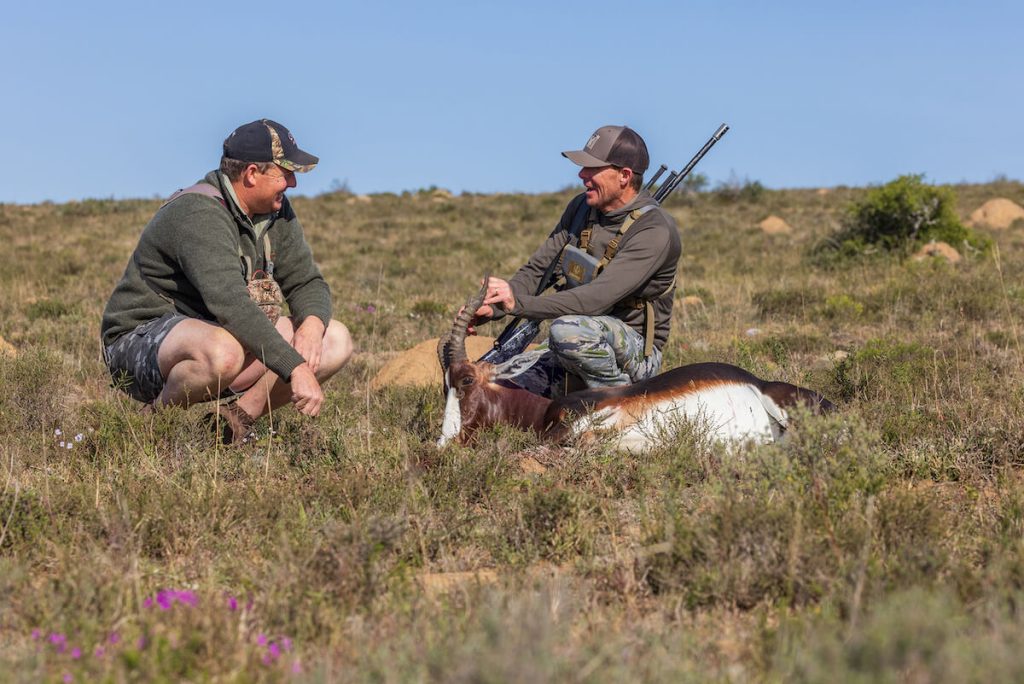
Estimated reading time: 9 minutes
I’ve gone on unforgettable hunts to fantastic destinations over the years. I don’t write this to pound my chest or brag—quite the opposite. I’m writing to use my fly-to-hunt experience to help.
In recent years, I’ve noticed more hunters traveling to hunt. I’ve met many at airports, and in early August, while walking through Denver International Airport on the way to hunt and fish in Alaska, I came across a trio of first-time hunt travelers.
Table of contents
The trio had so many questions that I nearly missed my flight, but I alleviated some of their fears and got them steered in the right direction.
Walking to my gate, I realized I hadn’t read many articles detailing what flying to hunt entails. I’ve experienced lost luggage, delayed and missed flights, security issues, and many more bumps in the road during my tenure. I’ve watched buddies get pulled off flights, jerked into private security rooms, etc.
Flying to hunt can be intimidating, but if you know what to expect and how to handle hiccups, you won’t have to pull out the anti-anxiety medication.
Here we go!
Flying With A Firearm
This one makes many first-time fly-to-hunt goers cringe, and I even know several hunters who won’t fly to hunt because they believe flying with a firearm is too intimidating.
It’s quite the opposite. Months before your hunt, purchase a quality TSA-approved firearm case. You’ll need a lengthy case for a rifle, shotgun, or muzzleloader and a more minor case for a handgun.
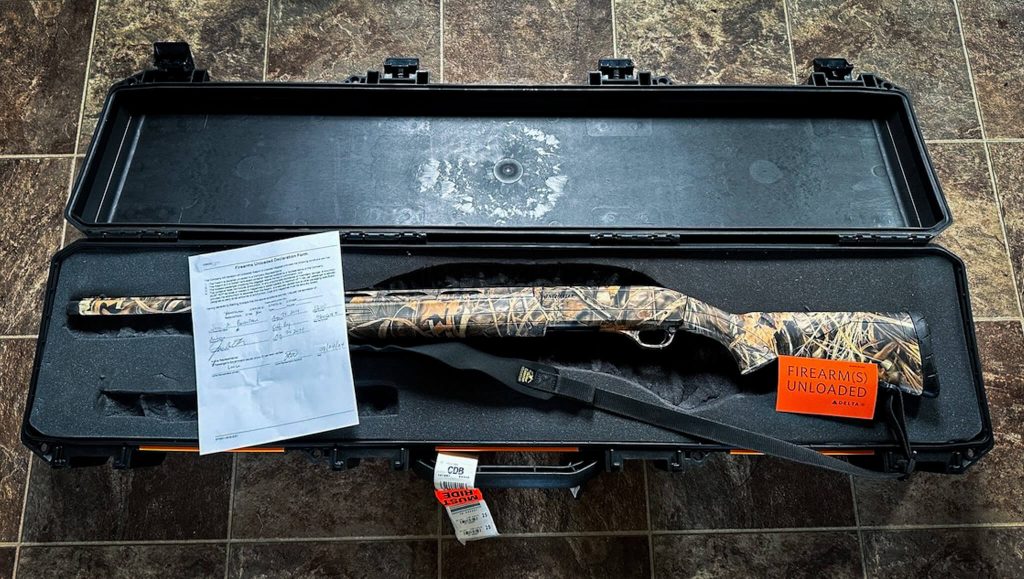
My go-to rifle/shotgun case is Pelican’s V770 Vault Single Rifle Case. It measures 50 inches long, doesn’t break the bank, and is built like a tank. Inside you will find lots of customizable foam, and I’ve taken this case from Alaska to Africa to Spain. Plano also makes some tremendous TSA-approved cases.
When purchasing your case, please measure the length and width of your firearm and be sure it has plenty of locking holes. Next, buy as many TSA-approved locks as the case has locking holes. I know of a buddy who couldn’t travel with their rifles to Africa because their cases had four locking holes and only two locks.
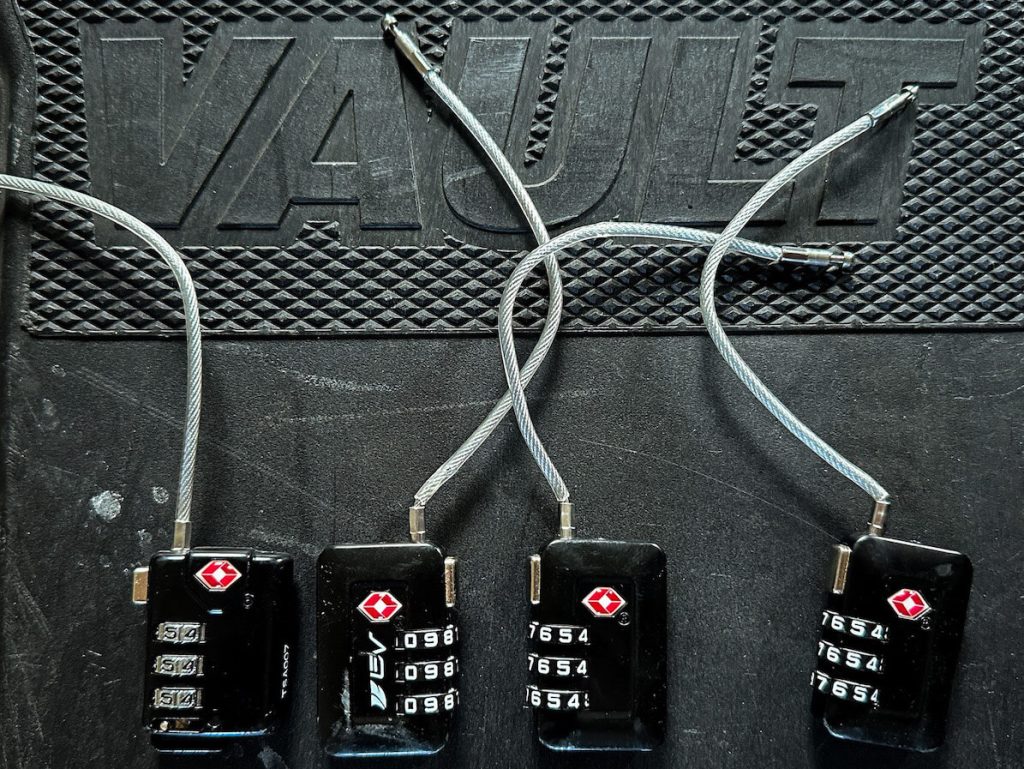
Air Travel Tips
You can check with your airline, but I recommend following the advice above. My favorite locks are from Forge. You can get a four-pack off Amazon for less than $25. These are simple 3-digit combination locks with tightly braided cables to fit any case/lock orientation.
Set every lock with the same combination, and even if you have a memory like an elephant, write the combination down on a piece of paper and put that paper in your wallet. I also write the combination to the locks in the notes section of my phone.
Before putting your firearm in your case and locking it:
- Ensure it is unloaded.
- Double-check the chamber, magazine, etc.
- Ensure you have no loose ammunition, even a spare round, in the case.
If you have room, you can transport your ammunition in your rifle case. I don’t recommend it. I’ve seen it cause lots of headaches. If you do, though, small arms ammunition (up to .75 caliber and shotgun shells of any gauge) must be packaged in fiber (such as cardboard), wood, plastic, or a metal box specifically designed to carry ammunition and declared to your airline.
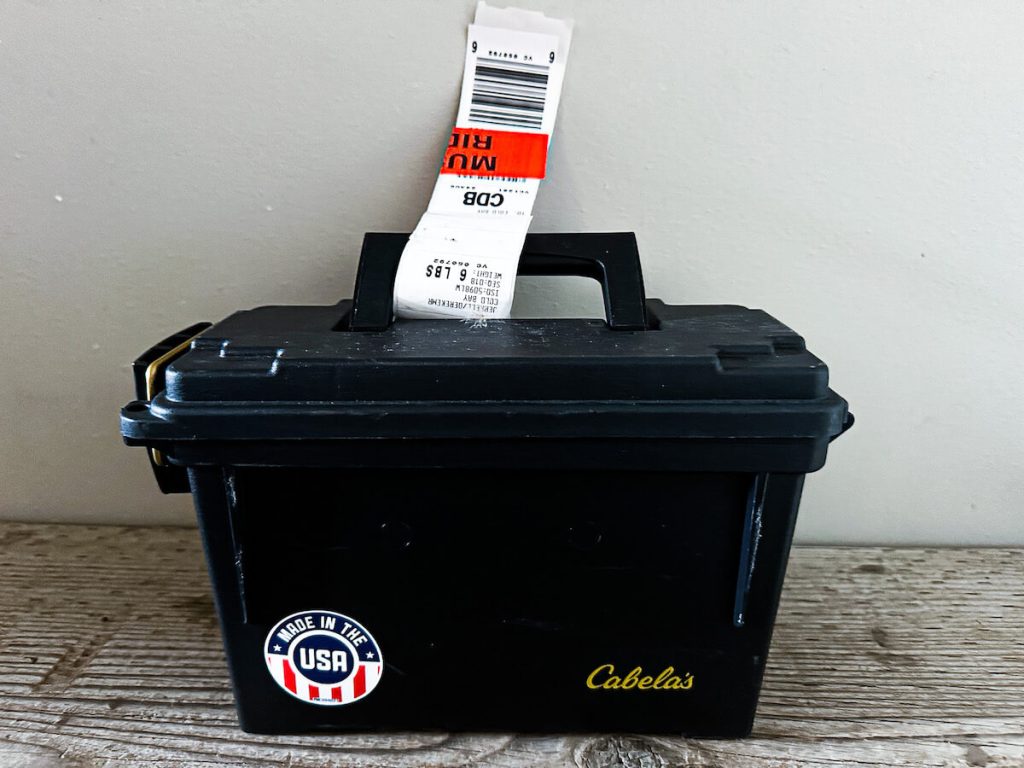
If you are traveling internationally, your ammunition must be placed in a separate lock case and declared.
When you arrive at the airport, tell the ticket agent you want to declare a firearm. They will have you open the case and sign some paperwork, which you will put in the case. The ticket agent will then call someone to take you and your firearm to a location to have it x-rayed. Stay with your firearm until a TSA agent tells you it’s all clear and will be checked to your final destination. It’s that simple.
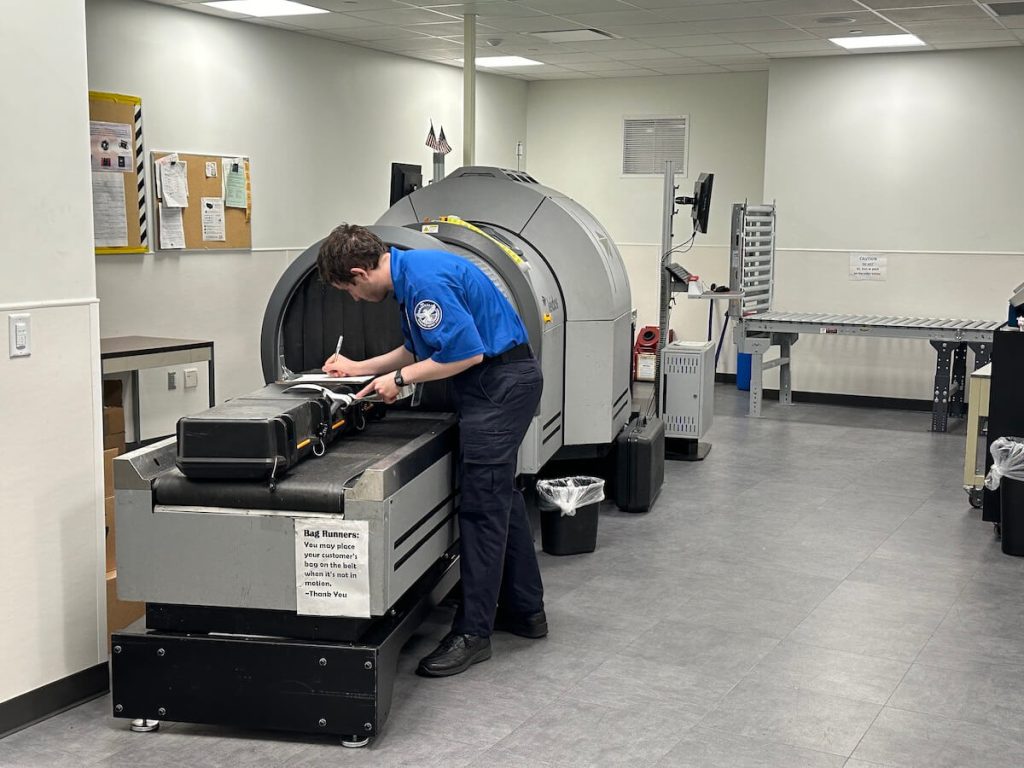
Think Ahead
If you’re traveling internationally to hunt, communicate with your outfitter beforehand, or do yourself a favor, spend the extra money, and hire a travel agency. When I go to Africa, I use Gracy Travel, and they take care of everything. They will email you all the weapon import forms you need and will tell you where to take them to get the proper stamps and approval before your hunt.
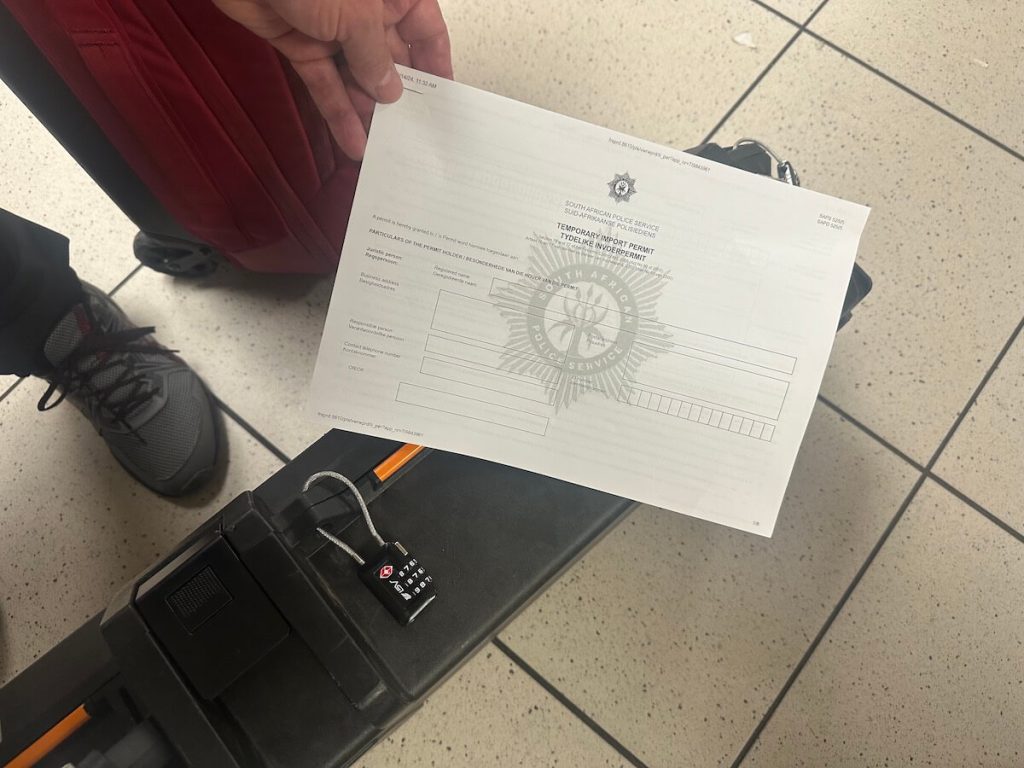
Lastly, I always add thirty minutes to my airport arrival time when hunting in the States and an hour when hunting internationally. On my recent trip to Africa, there was a line at the firearm checkpoint at Denver International. I waited 43 minutes before a TSA agent checked my firearm.
Travel With A Bow
This will be a short section. Traveling with archery equipment is a breeze. You have some options when it comes to cases. You can use a TSA-approved bow case, and if you do, you should declare the bow during the ticketing/baggage check process. However, I’ve gone to Hoyt’s Payload Rolling Duffel and Easton’s Bowtruk Gen 2 in recent years. Both cases are bulletproof, have wheels for easy transport, and can store your bow, arrows, and all your hunt gear in a single case. If you decide this is the way for you, you don’t need to say a word when you check your bag.
If you go the travel hard case route, I recommend locks, following the lock advice mentioned earlier in this article.
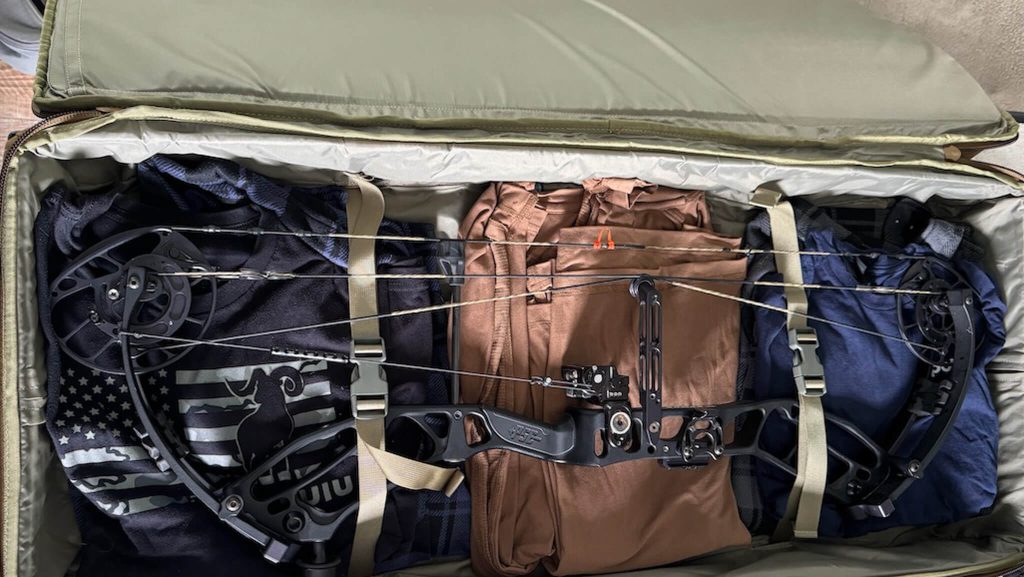
Out Of Your Control
Things happen when you fly to hunt. Flights get delayed or canceled, and luggage can get lost. No matter how much you prepared or how organized you are, things happen.
The trick is not to stress. Things will work out, but your anxiety will peak, and you’ll have more problems if you lose your cool. I’ve seen people scream at gate agents, cry, and throw a fit.
Guess what?
They didn’t get on a plane faster or retrieve their luggage any sooner. Stay calm and remain patient. Listen to what gate agents and baggage claim personnel have to say. Work with them and not against them, and things will work out in the end. Kindness goes a long way.
Bonus Information
Traveling with a firearm is often the worry most have, but if you do your homework and prepare in advance, it’s an uncomplicated process.
When traveling to hunt, there are other things to know and consider.
The first and most important thing is to stay organized and patient. Your best asset is your brain. If you are traveling internationally, ensure you have your passport, copies of your passport, and copies of all your firearm documents.
If you’re traveling in the US, have your driver’s license and copies of your driver’s license. I always bring my passport along as well.
Be sure you have all of your licenses, and if you plan on purchasing your permits on arrival, make sure you have your Hunter Saftey Card and other appropriate material.
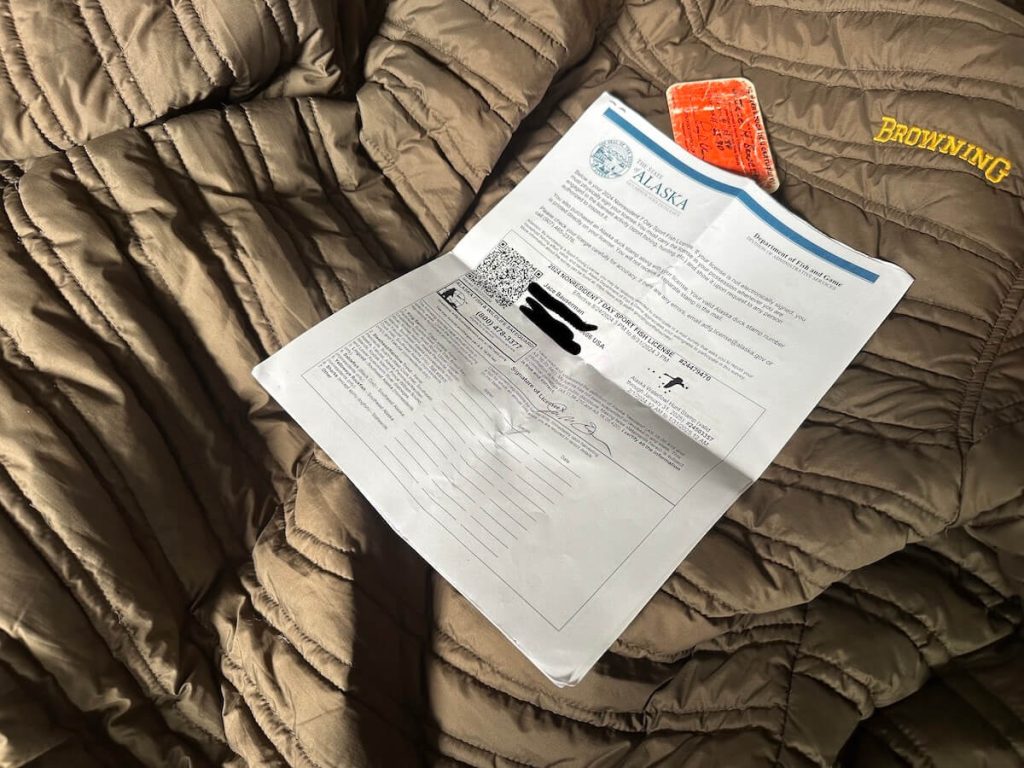
Travel With What’s Allowed
Also, before you travel for your hunt, make sure you have nothing that’s not TSA-approved in your luggage. Go through all of your carry-on baggage to ensure you don’t have a knife, shell, etc. You want to avoid any hiccups.
If TSA questions you about anything, don’t panic. Listen first and talk second. Rudeness and frustration will get you nowhere. Things happen, and keeping a level head is always best.
Years ago, while traveling to hunt in Texas, my friend was stopped by the TSA after his carry-on luggage had gone through the X-ray machine. He had left a single .308 round in his carry-on. TSA pulled him into a room, questioned him, and released him. He made the flight, and we had an excellent hunt. Though he was frightened and worried, he kept a level head. He explained it was an accident, accepted his mistake, and worked with the agents. Things would have gone bad if he had gotten agitated or made excuses.
READ MORE: A Deep Dive into the Hunter NRL: Lessons Learned and Essential Gear
Recently, while traveling back from Africa, a friend was stopped going through TSA as we prepared to board the return flight home. My buddy had inadvertently placed a spent .300 Win. Mag. casing in his backpack. This was a scary situation. We were in a foreign country with strict laws. However, my friend didn’t panic and didn’t freak out. He spent a long while in a room with some officers. About 30 minutes later, he was released with a warning.
Good Luck!
Traveling to hunt is amazing! You will get a chance to see landscapes and animals you’ve only dreamed about. Can it be stressful, sure? However, it’s a lot more straightforward than most realize. Prepare ahead, and don’t let the unknown keep you from having amazing adventures.
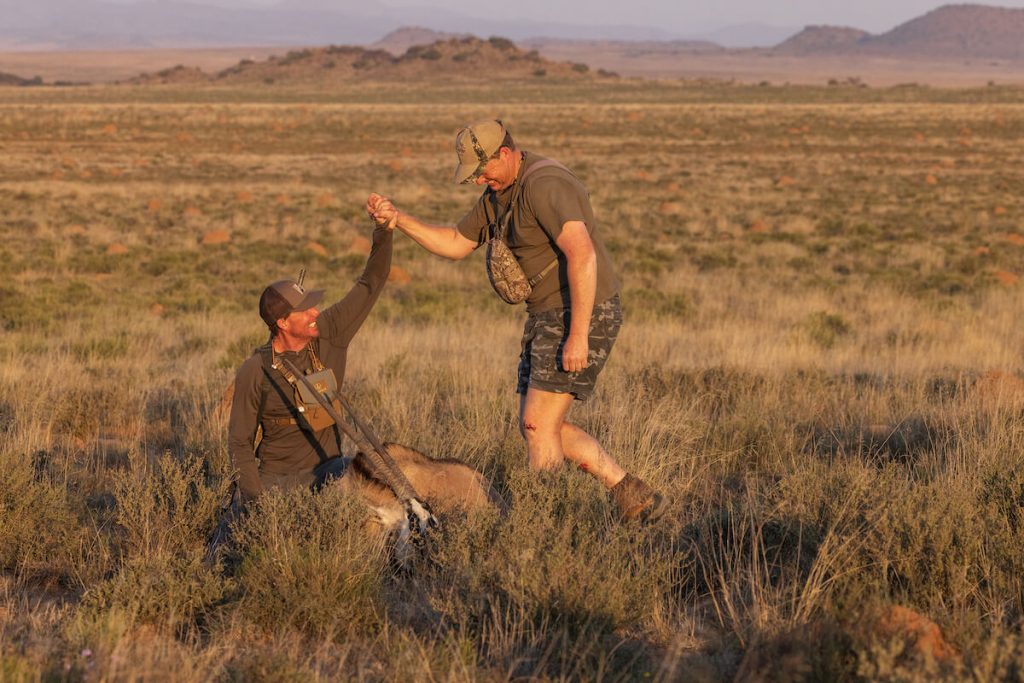
This Article
- Category: Hunting
- Including: Hunting
EPIC ADVENTURES START HERE!
No spam. Just the latest releases and tips, interesting articles, and early access to exclusive offers and premium content.